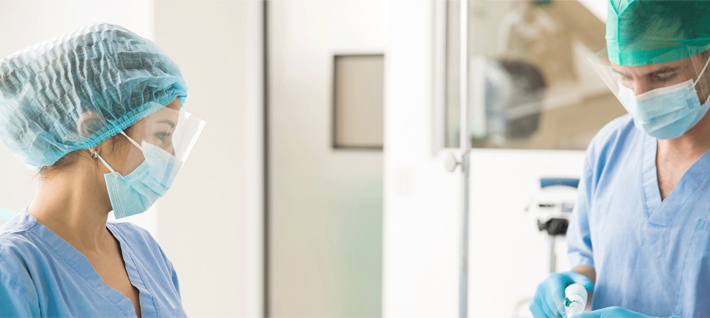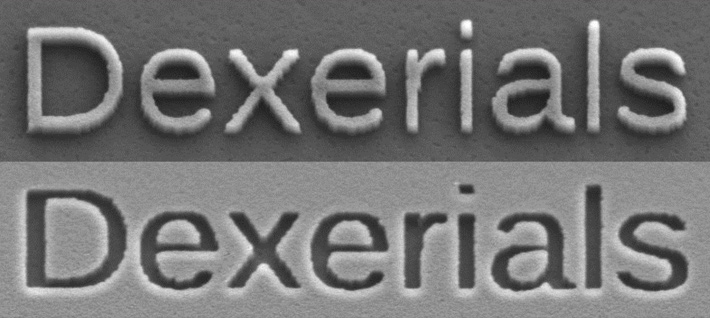About Our
Products
- Home
- Products
- Eye shield material for medical
- DxShield®
Eye shield material for medical
DxShield®
The nanostructure, which resembles a moth's eyes, on both sides of the film provides low reflectivity and high transparency. This film is suitable for medical shields and other similar shields.
-
- Product name
- ME2-C1500 / ME2-M1000 / ME2-M1800
-
- Features
-
- The moth-eye anti-reflection layer formed on the both sides of the film provides high transparency and low reflectivity. Total light transmittance is 98% or higher.
- It has high transmission and low reflectivity across the entire range of visible wavelengths. Providing a clear and natural view.
- Using a hydrophilic resin to create the moth-eye nanostructure prevents exhaled breath from fogging the film.
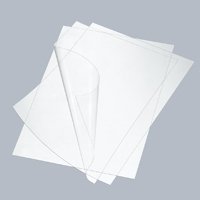
Related articles
Structure

Specifications
| Product name | ME2-C1500 | ME2-M1000 | ME2-M1800 | |
|---|---|---|---|---|
| Base material film | PC | PET film | PET film | |
| Thickness | mm | 0.16 | 0.11 | 0.19 |
| Haze*1 | % | 0.2 | 0.2 | 0.3 |
| Total transmittance*1 | % | 99.3 | 98.9 | 98.6 |
| Luminous reflectance*2 | % | 0.6 | 0.7 | 0.8 |
| Transmitted hue*2 | a * | 0.0 | 0.0 | 0.0 |
| b * | 0.1 | 0.2 | 0.5 | |
- *1 Test conditions for haze values and total light transmittance
Instrument: HM-150 (Murakami Color Research Laboratory)
Testing standards: JIS K7136 (ISO 14782) (Haze), JIS K7361 (ISO 13468-1) (Transmittance) - *2 Test conditions for luminous reflectance and transmitted hue
Instrument: V-550 (JASCO Corp.)
Incident angle: 5° (Reflection), 0° (Transmission)
Light source: D65 - * If the film surface is scratched or stained, it may not meet the above product characteristics.
Medical eye shield and medical face shield.
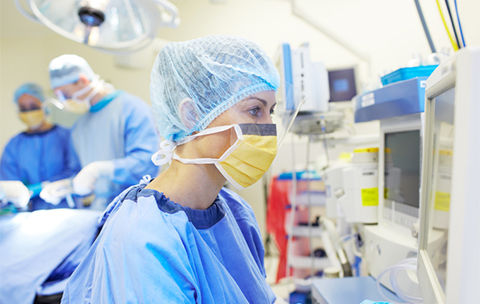
Test conditions
-
- Instrument
- Spectrophotometer
-
- Measuring method
- Transmission:Incident light angle 0°
Reflection:Incident light angle 5°
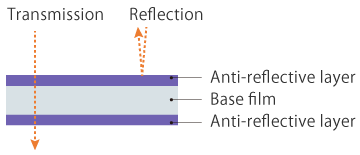
Results


caution
Note on the characteristic data given - Data on the characteristics of the products described in this page based on the results of evaluations carried out by the company. This does not guarantee that the characteristics of the product conform with your usage environment. Before use, review the usage conditions based on evaluation data obtained from the equipment and substrates actually used.
Product information
Optical Semiconductor


